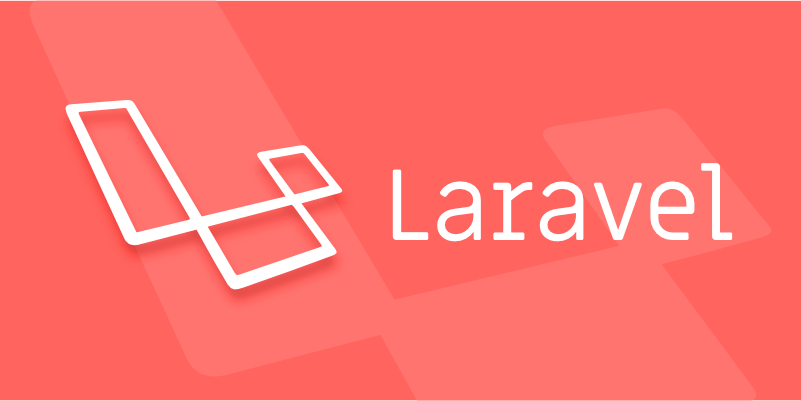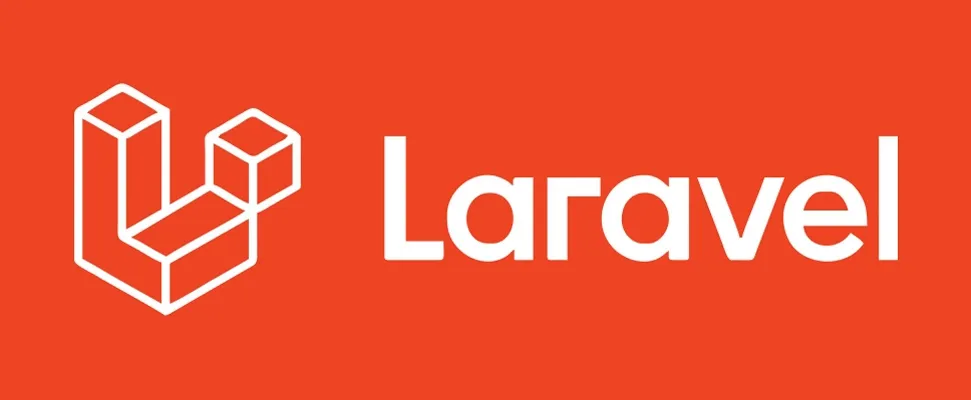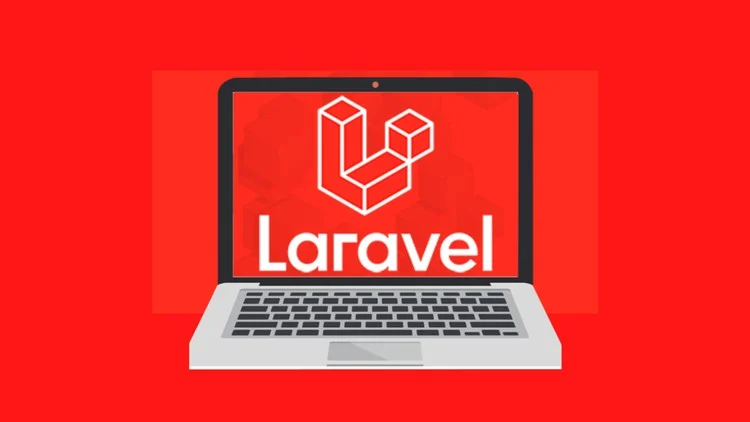How to use polymorphic relationships in Laravel?
Jul 30, 2025 am 01:10 AMPolymorphic relationships in Laravel allow a model to belong to multiple other models through a single association, enabling shared resources like comments or images to be attached to various model types such as posts and videos. 1. A polymorphic relationship requires two database columns: {model}_id (e.g., commentable_id) to store the related model's ID, and {model}_type (e.g., commentable_type) to store the fully qualified class name of the related model. 2. In the migration, create the polymorphic table with these two fields and index them together for performance, as shown in the comments table with commentable_id and commentable_type. 3. In the models, use morphTo() in the polymorphic model (e.g., Comment) to define the relationship, and use morphMany() in the owners (e.g., Post and Video) to allow multiple comments. 4. When creating a comment via $post->comments()->create(), Laravel automatically sets the commentable_id and commentable_type; accessing the owner model is done via $comment->commentable, and type checking can be performed using instanceof. 5. For one-to-one polymorphic relationships, such as an image belonging to either a post or user, use morphOne() in the owner model and morphTo() in the image model, with corresponding imageable_id and imageable_type fields. 6. Polymorphic relationships can be queried using whereHas() to filter by type or eager-loaded using with(). 7. Optionally, customize the stored type using Relation::morphMap() in a service provider to map short strings to model classes, improving readability and reducing storage size, but ensure the map is consistently registered across all environments.

Polymorphic relationships in Laravel allow a model to belong to more than one other model on a single association. This is useful when you want a shared resource (like comments, likes, or images) to be attached to multiple types of models — for example, both posts and videos can have comments.

Here’s how to use polymorphic relationships effectively in Laravel.
1. Understanding Polymorphic Relationships
A polymorphic relationship requires two columns in the database:

-
{model}_id(e.g.,commentable_id) -
{model}_type(e.g.,commentable_type)
The _id stores the ID of the related model, and the _type stores the class name of the related model (e.g., App\Models\Post or App\Models\Video).
2. Setting Up the Database Migrations
Let’s say you want both Post and Video models to have comments.

First, create the comments table with polymorphic fields:
// CreateCommentsTable migration
Schema::create('comments', function (Blueprint $table) {
$table->id();
$table->text('body');
$table->unsignedBigInteger('commentable_id');
$table->string('commentable_type');
$table->timestamps();
$table->index(['commentable_id', 'commentable_type']);
});This setup allows the comments table to reference any model.
3. Defining the Models
In the Comment model (the polymorphic one):
Use the morphTo() method:
// app/Models/Comment.php
class Comment extends Model
{
public function commentable()
{
return $this->morphTo();
}
}In the Post and Video models:
Use morphMany() to define the inverse:
// app/Models/Post.php
class Post extends Model
{
public function comments()
{
return $this->morphMany(Comment::class, 'commentable');
}
}
// app/Models/Video.php
class Video extends Model
{
public function comments()
{
return $this->morphMany(Comment::class, 'commentable');
}
}Now both Post and Video can have many comments.
4. Using the Relationship
Creating a comment on a post:
$post = Post::find(1);
$comment = $post->comments()->create([
'body' => 'Great post!'
]);Laravel automatically sets commentable_id to the post’s ID and commentable_type to App\Models\Post.
Accessing the commentable model:
$comment = Comment::with('commentable')->find(1);
$owner = $comment->commentable; // Returns the Post or Video instanceYou can even check which type it is:
if ($comment->commentable instanceof Post) {
// It's a comment on a post
}5. One-to-One Polymorphic Relationship
For a one-to-one relationship (e.g., an Image that belongs to either a Post or User):
Migration:
Schema::create('images', function (Blueprint $table) {
$table->id();
$table->string('url');
$table->unsignedBigInteger('imageable_id');
$table->string('imageable_type');
$table->timestamps();
$table->index(['imageable_id', 'imageable_type']);
});Models:
// Image.php
class Image extends Model
{
public function imageable()
{
return $this->morphTo();
}
}
// Post.php
class Post extends Model
{
public function image()
{
return $this->morphOne(Image::class, 'imageable');
}
}Use morphOne() for one-to-one, and morphMany() for one-to-many.
6. Querying Polymorphic Relationships
You can query models based on their polymorphic relation:
// Get all comments on posts
$comments = Comment::whereHas('commentable', function ($query) {
$query->where('commentable_type', Post::class);
})->get();Or eager load with specific types:
$posts = Post::with('comments')->get();7. Custom Polymorphic Types (Optional)
By default, Laravel uses the fully qualified class name. You can customize this using morphMap() in a service provider (e.g., AppServiceProvider@boot):
Relation::morphMap([
'post' => 'App\Models\Post',
'video' => 'App\Models\Video',
]);Now, instead of storing App\Models\Post, Laravel stores just post in the commentable_type field.
?? If you use
morphMap, make sure to register it in every environment and keep it consistent.
Basically, polymorphic relationships are a clean way to make your models reusable across different types. Just remember the naming convention, set up the correct migration fields, and use morphTo and morphOne/morphMany correctly. It’s not complex once you’ve done it once or twice.
The above is the detailed content of How to use polymorphic relationships in Laravel?. For more information, please follow other related articles on the PHP Chinese website!

Hot AI Tools

Undress AI Tool
Undress images for free

Undresser.AI Undress
AI-powered app for creating realistic nude photos

AI Clothes Remover
Online AI tool for removing clothes from photos.

Clothoff.io
AI clothes remover

Video Face Swap
Swap faces in any video effortlessly with our completely free AI face swap tool!

Hot Article

Hot Tools

Notepad++7.3.1
Easy-to-use and free code editor

SublimeText3 Chinese version
Chinese version, very easy to use

Zend Studio 13.0.1
Powerful PHP integrated development environment

Dreamweaver CS6
Visual web development tools

SublimeText3 Mac version
God-level code editing software (SublimeText3)

Hot Topics
 How to develop AI intelligent form system with PHP PHP intelligent form design and analysis
Jul 25, 2025 pm 05:54 PM
How to develop AI intelligent form system with PHP PHP intelligent form design and analysis
Jul 25, 2025 pm 05:54 PM
When choosing a suitable PHP framework, you need to consider comprehensively according to project needs: Laravel is suitable for rapid development and provides EloquentORM and Blade template engines, which are convenient for database operation and dynamic form rendering; Symfony is more flexible and suitable for complex systems; CodeIgniter is lightweight and suitable for simple applications with high performance requirements. 2. To ensure the accuracy of AI models, we need to start with high-quality data training, reasonable selection of evaluation indicators (such as accuracy, recall, F1 value), regular performance evaluation and model tuning, and ensure code quality through unit testing and integration testing, while continuously monitoring the input data to prevent data drift. 3. Many measures are required to protect user privacy: encrypt and store sensitive data (such as AES
 How to make PHP container support automatic construction? Continuously integrated CI configuration method of PHP environment
Jul 25, 2025 pm 08:54 PM
How to make PHP container support automatic construction? Continuously integrated CI configuration method of PHP environment
Jul 25, 2025 pm 08:54 PM
To enable PHP containers to support automatic construction, the core lies in configuring the continuous integration (CI) process. 1. Use Dockerfile to define the PHP environment, including basic image, extension installation, dependency management and permission settings; 2. Configure CI/CD tools such as GitLabCI, and define the build, test and deployment stages through the .gitlab-ci.yml file to achieve automatic construction, testing and deployment; 3. Integrate test frameworks such as PHPUnit to ensure that tests are automatically run after code changes; 4. Use automated deployment strategies such as Kubernetes to define deployment configuration through the deployment.yaml file; 5. Optimize Dockerfile and adopt multi-stage construction
 How to set environment variables in PHP environment Description of adding PHP running environment variables
Jul 25, 2025 pm 08:33 PM
How to set environment variables in PHP environment Description of adding PHP running environment variables
Jul 25, 2025 pm 08:33 PM
There are three main ways to set environment variables in PHP: 1. Global configuration through php.ini; 2. Passed through a web server (such as SetEnv of Apache or fastcgi_param of Nginx); 3. Use putenv() function in PHP scripts. Among them, php.ini is suitable for global and infrequently changing configurations, web server configuration is suitable for scenarios that need to be isolated, and putenv() is suitable for temporary variables. Persistence policies include configuration files (such as php.ini or web server configuration), .env files are loaded with dotenv library, and dynamic injection of variables in CI/CD processes. Security management sensitive information should be avoided hard-coded, and it is recommended to use.en
 How to build a content payment platform through PHP How to implement PHP paid reading system
Jul 25, 2025 pm 06:30 PM
How to build a content payment platform through PHP How to implement PHP paid reading system
Jul 25, 2025 pm 06:30 PM
To build a PHP content payment platform, it is necessary to build a user management, content management, payment and permission control system. First, establish a user authentication system and use JWT to achieve lightweight authentication; second, design the backend management interface and database fields to manage paid content; third, integrate Alipay or WeChat payment and ensure process security; fourth, control user access rights through session or cookies. Choosing the Laravel framework can improve development efficiency, use watermarks and user management to prevent content theft, optimize performance requires coordinated improvement of code, database, cache and server configuration, and clear policies must be formulated and malicious behaviors must be prevented.
 Explain Laravel Eloquent Scopes.
Jul 26, 2025 am 07:22 AM
Explain Laravel Eloquent Scopes.
Jul 26, 2025 am 07:22 AM
Laravel's EloquentScopes is a tool that encapsulates common query logic, divided into local scope and global scope. 1. The local scope is defined with a method starting with scope and needs to be called explicitly, such as Post::published(); 2. The global scope is automatically applied to all queries, often used for soft deletion or multi-tenant systems, and the Scope interface needs to be implemented and registered in the model; 3. The scope can be equipped with parameters, such as filtering articles by year or month, and corresponding parameters are passed in when calling; 4. Pay attention to naming specifications, chain calls, temporary disabling and combination expansion when using to improve code clarity and reusability.
 How to use PHP combined with AI to analyze video content PHP intelligent video tag generation
Jul 25, 2025 pm 06:15 PM
How to use PHP combined with AI to analyze video content PHP intelligent video tag generation
Jul 25, 2025 pm 06:15 PM
The core idea of PHP combining AI for video content analysis is to let PHP serve as the backend "glue", first upload video to cloud storage, and then call AI services (such as Google CloudVideoAI, etc.) for asynchronous analysis; 2. PHP parses the JSON results, extract people, objects, scenes, voice and other information to generate intelligent tags and store them in the database; 3. The advantage is to use PHP's mature web ecosystem to quickly integrate AI capabilities, which is suitable for projects with existing PHP systems to efficiently implement; 4. Common challenges include large file processing (directly transmitted to cloud storage with pre-signed URLs), asynchronous tasks (introducing message queues), cost control (on-demand analysis, budget monitoring) and result optimization (label standardization); 5. Smart tags significantly improve visual
 PHP development user permission management monetization PHP permission control and role management
Jul 25, 2025 pm 06:51 PM
PHP development user permission management monetization PHP permission control and role management
Jul 25, 2025 pm 06:51 PM
User permission management is the core mechanism for realizing product monetization in PHP development. It separates users, roles and permissions through a role-based access control (RBAC) model to achieve flexible permission allocation and management. The specific steps include: 1. Design three tables of users, roles, and permissions and two intermediate tables of user_roles and role_permissions; 2. Implement permission checking methods in the code such as $user->can('edit_post'); 3. Use cache to improve performance; 4. Use permission control to realize product function layering and differentiated services, thereby supporting membership system and pricing strategies; 5. Avoid the permission granularity is too coarse or too fine, and use "investment"
 Using Queues for Background Processing in Laravel.
Jul 26, 2025 am 05:45 AM
Using Queues for Background Processing in Laravel.
Jul 26, 2025 am 05:45 AM
Tohandletime-consumingtasksinLaravelwithoutdelayingtheuserexperience,usequeuesforbackgroundprocessing.Laravelqueuesallowyoutodeferheavytaskslikesendingemailsorimageprocessingbypushingjobsontoaqueue,whicharethenprocessedlaterbyaworker.1.Pushajobtotheq






